
The future of a major art collection: When personal initiative and love of art becomes a public good
When the viewer enters the iconic, monumental space of the former Public Tobacco Factory as a cultural space, the viewer re-reads and examines the case for contemporary artistic humanism with personal beneficence. Presenting an internationally renowned collection of works by major contemporary artists generously donated to receive the benefit of public viewing in some of the most important museums in Europe and the United States.
The key influential value of the Dream On exhibition is the active role played by the collector of the works himself. The viewer reconstructs in his memory great moments from the presentations of the private collection of the entrepreneur Dimitris Daskalopoulos, back in 2010 when part of the collection of 400 works of which it is composed was presented at the Whitechapel Gallery in London in the exhibition Keep it Real.
And that was just the beginning. The internationally acclaimed philanthropist and art patron Dimitris Daskalopoulos has been and continues to be extremely active in presenting and supporting the arts in Greece as well.
For the second consecutive year, the cultural organization NEON, thanks to its founder, activates the emblematic space of the former Public Smokehouse as a cultural space. In collaboration with the Hellenic Parliament and with the support of the President of the Parliament, the Greek National Library of Thessaloniki, in cooperation with the Hellenic Parliament and with the support of the President of the Parliament.
Curated by the art historian and advisor to the Daskalopoulos Collection Dimitris Paleokrassas, the exhibition Dream On brings together 18 large-scale installations by international and Greek artists from the Daskalopoulos Collection and is complemented by 20 drawings. The viewer has the opportunity to come once again in contact with very important contemporary works, creating socio-political correspondences, as it is clearly evident that the political and social quest of the artists themselves was the driving force behind the choice of the collection. Their interaction with contemporary conditions and the commentary on them through their work results in an exhibition whose works function as provocative aesthetic “legacies”.
According to Elina Kountouri, Director of NEON, “A characteristic of contemporary art is that it raises contemporary issues, political and social ideas, the concept of identity, ideology, globalization. Particularly in large installations, creators use a variety of media, often everyday or trivial materials, to create new environments that are experienced experientially by the visitor and engage them in unique, immersive experiences.
DREAM ON presents a selection of such important works, large-scale installations, most of which are presented for the first time in Athens, before following the journey of the D. Daskalopoulos Collection’s donation and being exhibited to an even larger audience.
As a whole, the exhibition reflects Dimitris Daskalopoulos‘ and NEON’s strong belief that art acquires meaning only through interaction with people and communication with the public.”
And although the inventive title of the exhibition Dream On is, according to its curator Mr. Paleokrassas, “a dream not in the literal sense of the images we see in our sleep, but in the metaphorical use of words such as ‘ambition’, ‘goal’ or ‘vision’, it could rightly have a subtitle ‘The present of a future revolution’.”
Within the visual arts there is a prevailing notion that private agency or initiative is subject to subjective imperatives and coordinates. On the contrary, however, the group exhibition Dream On, thanks to the conceptual coherence that characterizes it, becomes a single social and political discourse with public scope and meaning.
Something that becomes immediately apparent upon entering the imposing space of the former Public Tobacco Factory, now the Library and Printing House of the Parliament, as the viewer comes face to face with John Bock‘s Palms, who betrays the notion of absurdity and the frenzy of the imagination by incorporating into the surrealistic installation a predominant symbol of prosperity and capitalism, an American vintage car that gives birth to a mutant octopus. Similar themes of overconsumption, paranoia and greed can be seen in Michael Landy‘s monumental work, Credit Card Destroying Machine, in which visitors are invited to sacrifice a valid credit card, the cornerstone symbol of capitalism, and will be rewarded for this gesture with a drawing by the artist.
Also poignant and timely is Damien Hirst‘s Greetings from the Gutter/Avoiding the Inevitable, which makes reference to human mortality by projecting a medical equipment, a hospital environment that also demonstrates the drama of life and death but within an environment to which few have real access.
Highly unpredictable and extraordinary and Thomas Hirschhorn‘s Cavemanman’s cave” with its ramifications, which give the viewer the feeling of being in the guts, in the digestive system of society itself, in the frenzy of the hopelessness of our times.
Triggers for political thinking, for issues of ecological consciousness about sustainability and the future of humans on earth, activate visitors and works such as Paul McCarthy‘s Tomato Head (Burgundy) a great artistic commentary on biologically modified futures and the ecological Armageddon. And Paul Pfeiffer‘s video ‘Morning after Deluge’ appears as a dystopia about our relationship to the environment and controlling our desires. Honolulu, Hawaii, becomes a utopian point of coexistence between sunrise and sunset, an apogee after the storm.
Other emblematic works in the exhibition, such as Maria Loizidou‘s “Trauma/War Loot” , a small hill, one of discarded clothes belonging to Cypriots who perished or abandoned their homes during the Turkish invasion, a mute point of memory, also carry a utopian and melancholic mood. Similarly, Wangeghi Mutu‘s Exhuming Gluttony: A Lover’s Requiem” makes enjoyment a violent jumble of extremes in that the elegant luxury and the perfume of upper-class privilege that the installation space exudes is teeming with symbols that allude to the violence of colonialism. And a magnificent miniature of the whole world in Annette Messager‘s Dependance/Independance gives another perspective of the world that activates thought and creates reflections on our dependence on nature and artificial matter. Melancholy and serenity are also present in Alexandros Psychoulis‘ work, The Room, where the powerful presence of the wave is underlined by the fearful shyness of a recorded child’s voice that has just woken up from a threatening dream.
The visitor to the exhibition understandably marvels at the inclusion in the collection of works with feminist subjectivities and dimensions. We are accustomed to observing the presence and study of feminist themes in collective, mostly public, public art exhibitions and actions, and the similar connections and sequences within a private scheme of sequences seems interesting and essential in terms of problematizing the present and gendered concerns. The works of Martha Dimitropoulou, Maro Michalakakou and Anna Samaras offer excellent associations through materials full of symbolic uses for the history of women and humanity itself ultimately.
The distribution and interaction of the works within the vast surfaces of the Smokehouse provokes dialogue and triggers correlations between them, although in a few cases some of the monumental scale works seem to stand alone defining an isolated narrative making the sequence partially awkward, at some points.
Highly integrated into the context of the exhibition is Drawing Room. Curated minimalistically with drawings by the artists, it lists their notes, their bases for the creation of their work-installations.
The works of John Bock, Helen Chadwick, Abraham Cruzvillegas, Martha Dimitropoulou, Peter Fischli & David Weiss, David Hammons, Thomas Hirschhorn, Damien Hirst, Michael Landy, Maria Loizidou, Paul McCarthy, Annette Messager, Maro Michalakakou, Wangechi Mutu, Paul of Dream On from the D. Daschalopoulos, will be split to form Pfeiffer, Matthew Ritchie, Anna-Maria Samara, Alexandros Psychoulis who composed the meaningful part of her donation to the EMST, Tate museums and a joint donation to the Guggenheim and MCA Chicago.
The bold project of collector Dimitris Daskalopoulos, ddcollection and NEON, is presented, analyzed, re-created and evolved through interaction with living public spaces and organizations and the people within them.
Dream On
Collaboration between the Hellenic Parliament and NEON
Curator: Dimitrios Palaiocrasas, Art Historian
former Public Tobacco Factory – Library and Keeping it Real
8 June – 27 November 2022

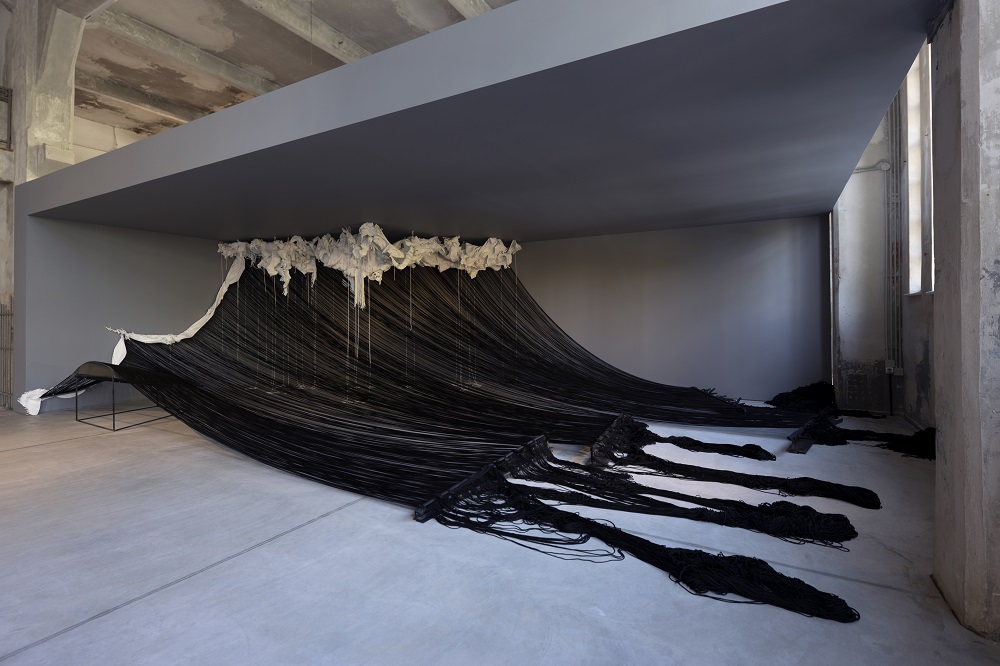
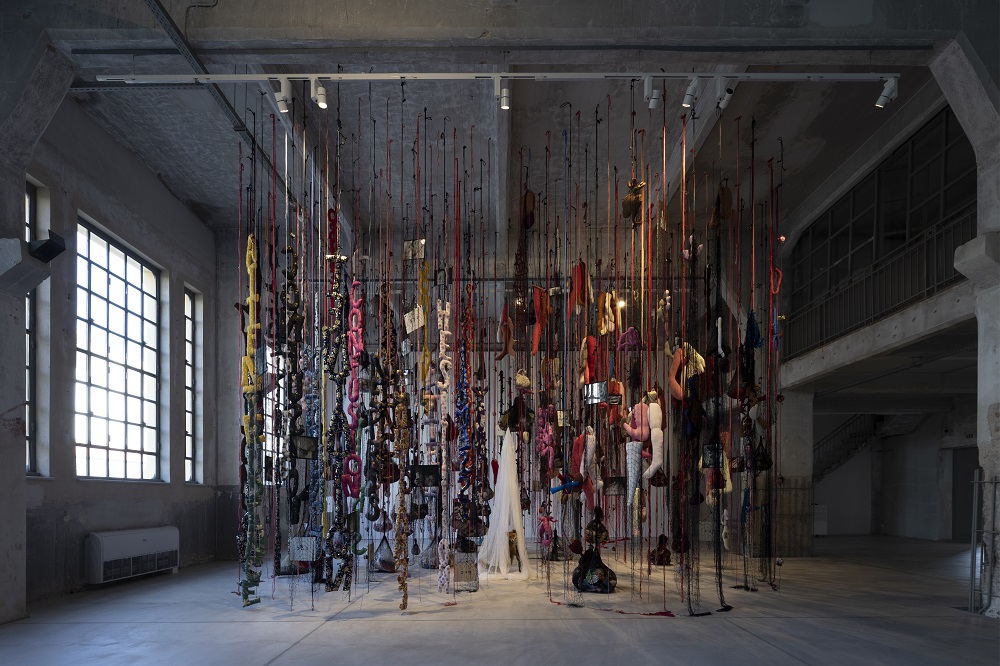
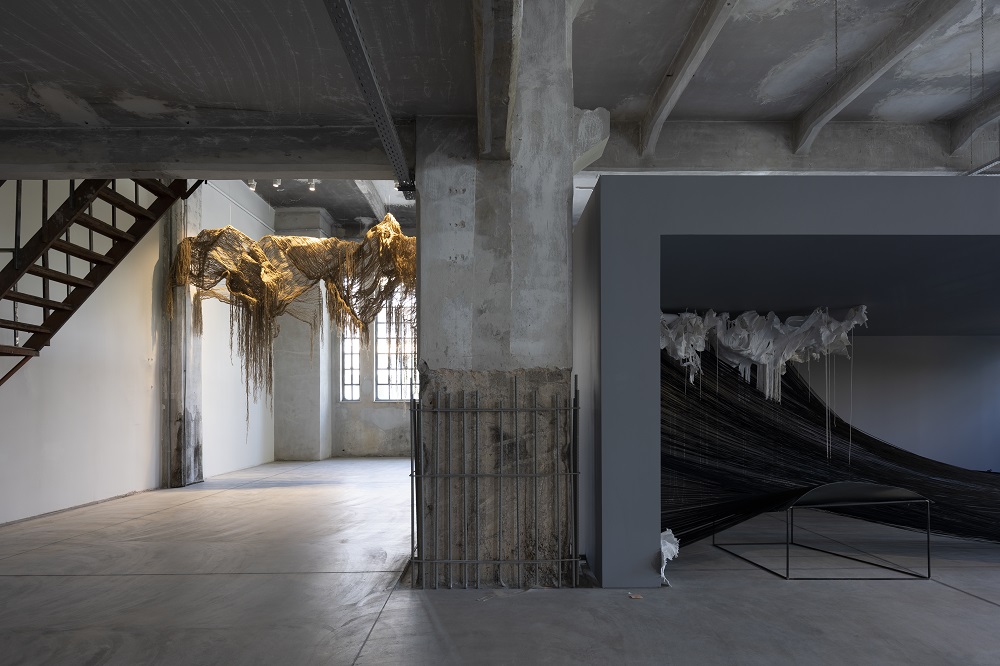
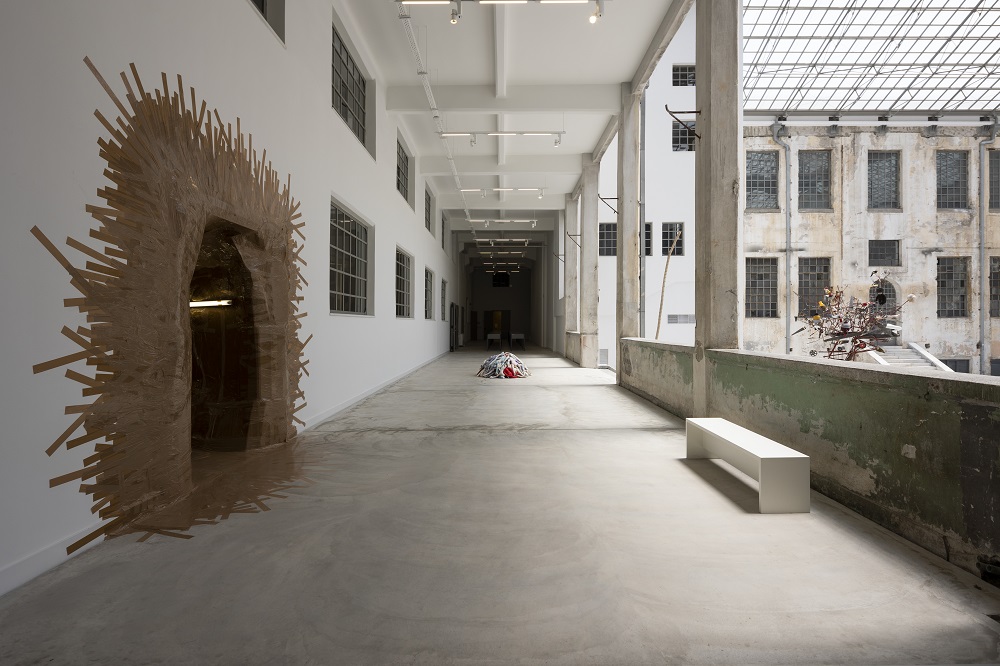

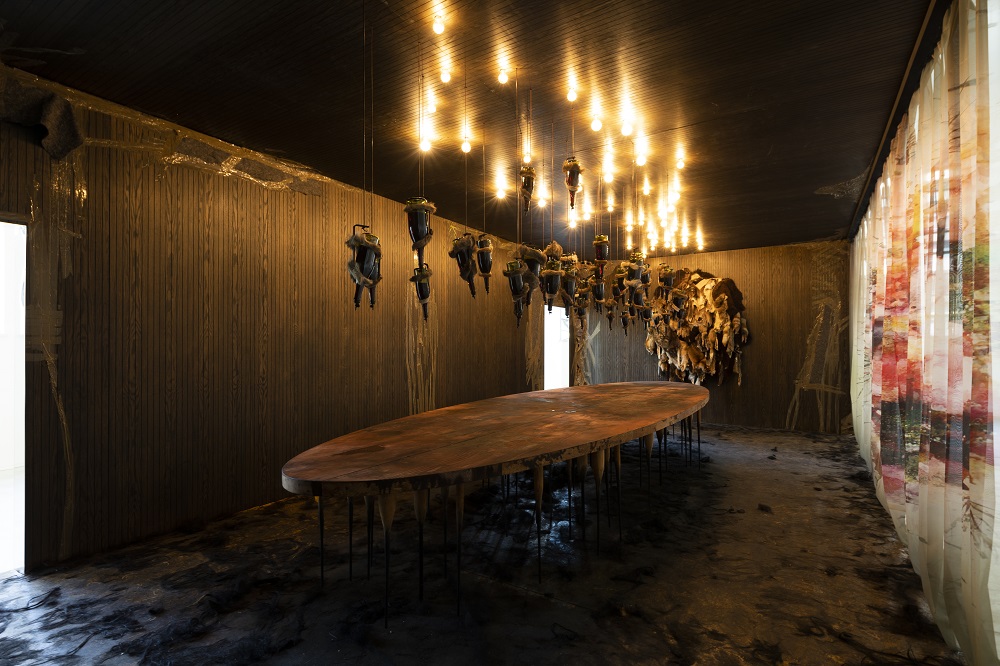
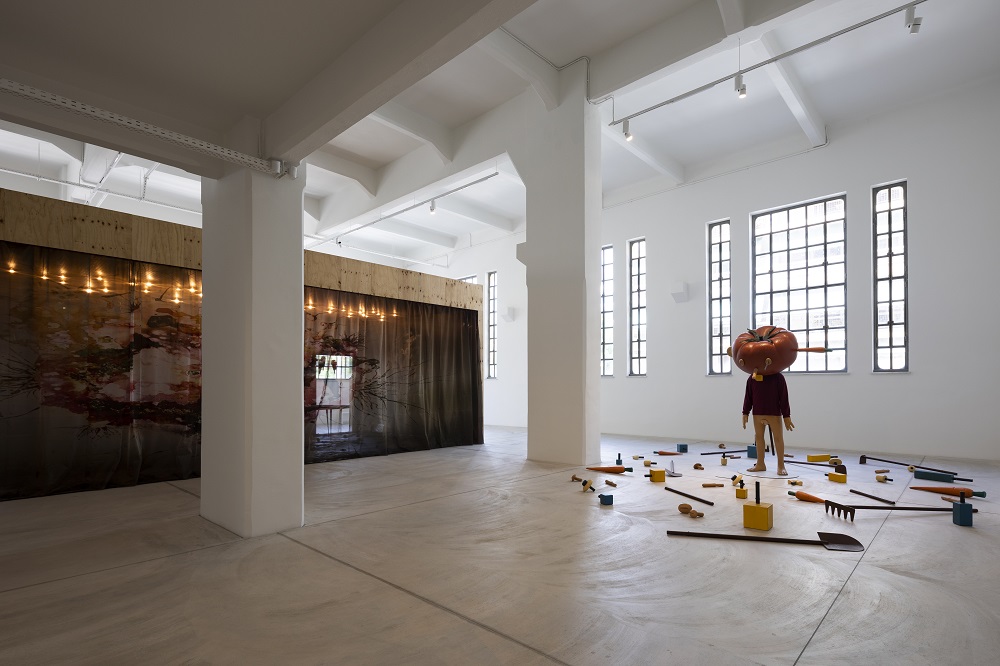
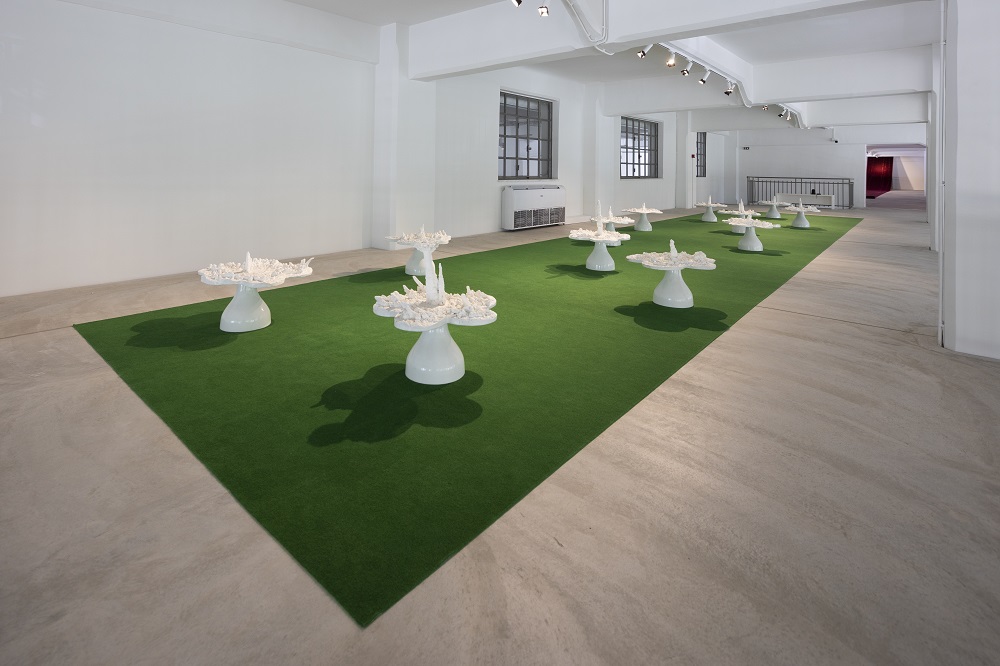
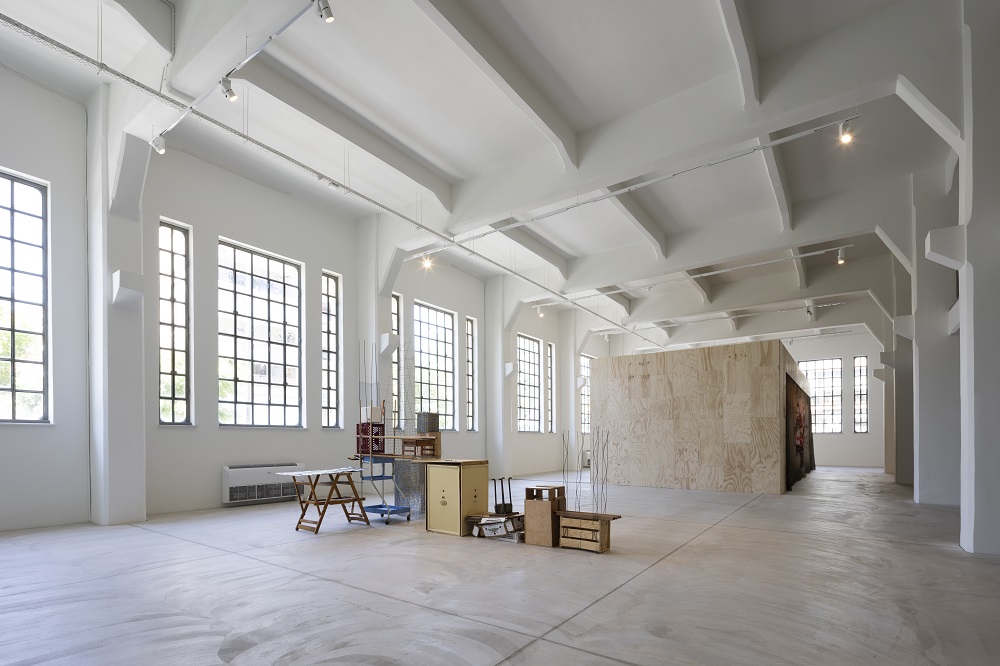
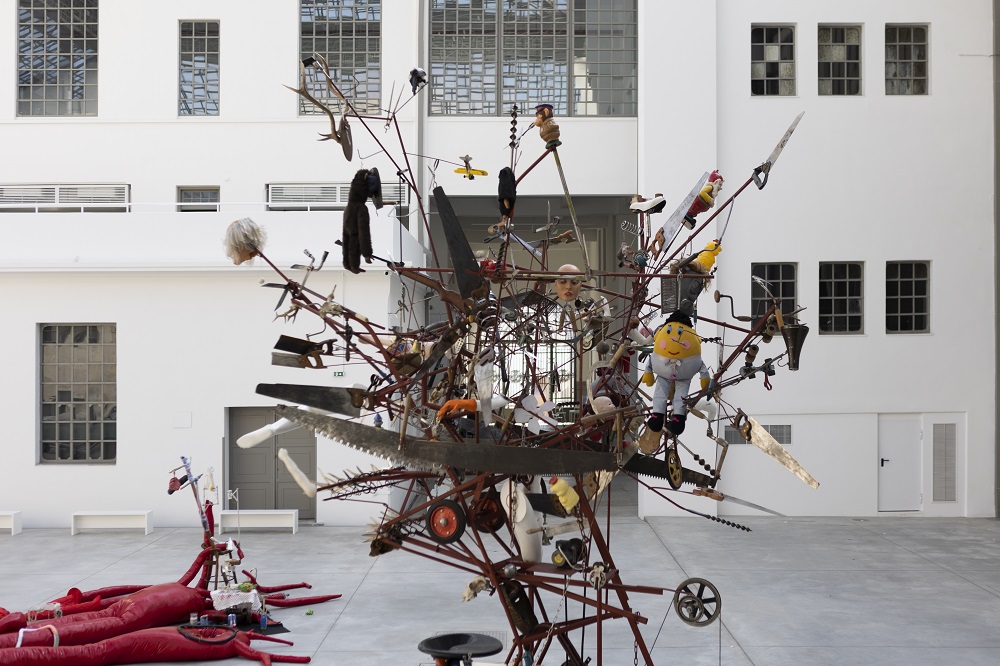
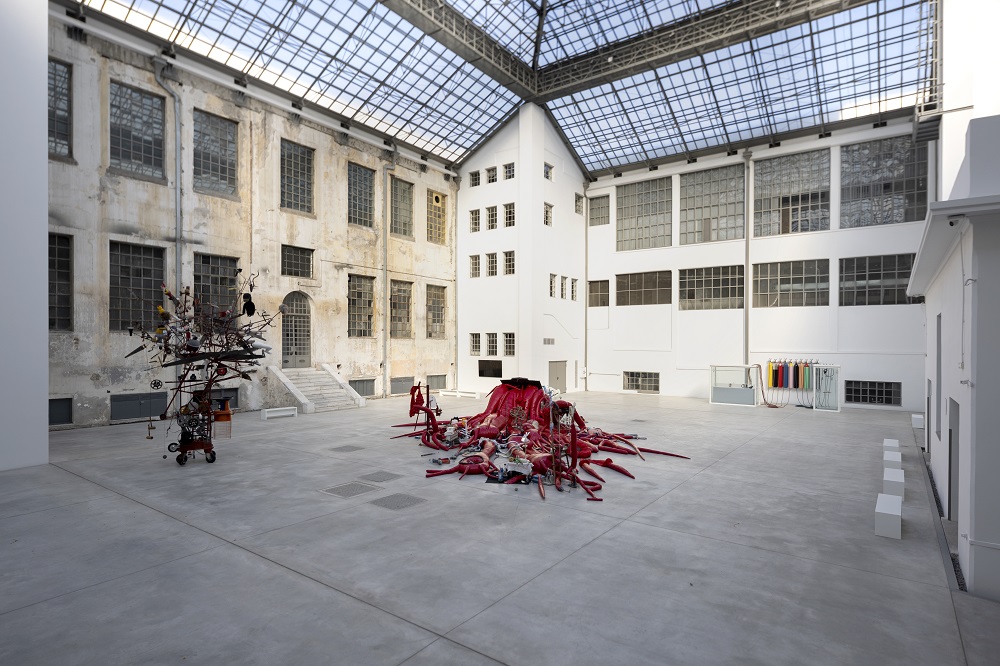

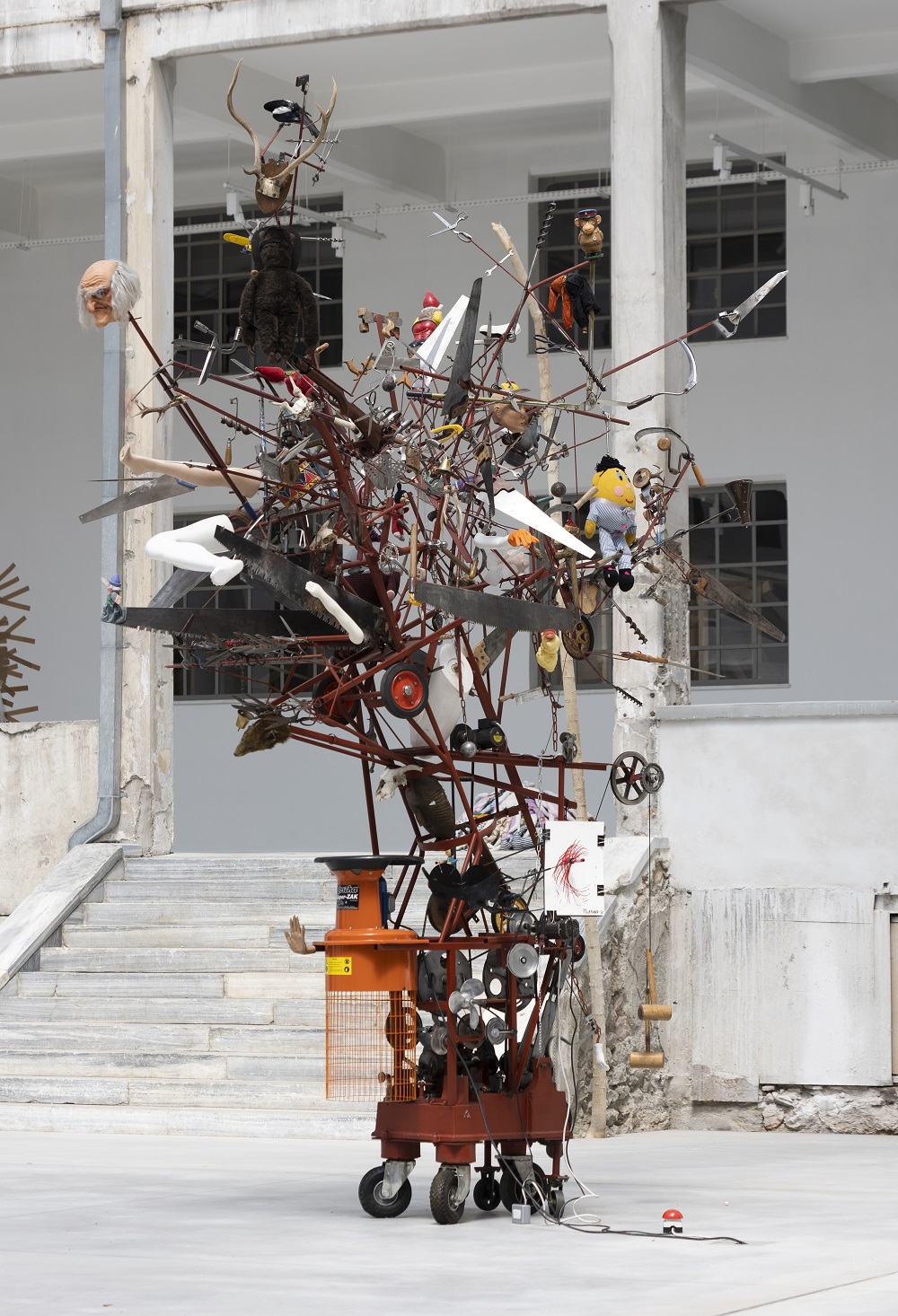
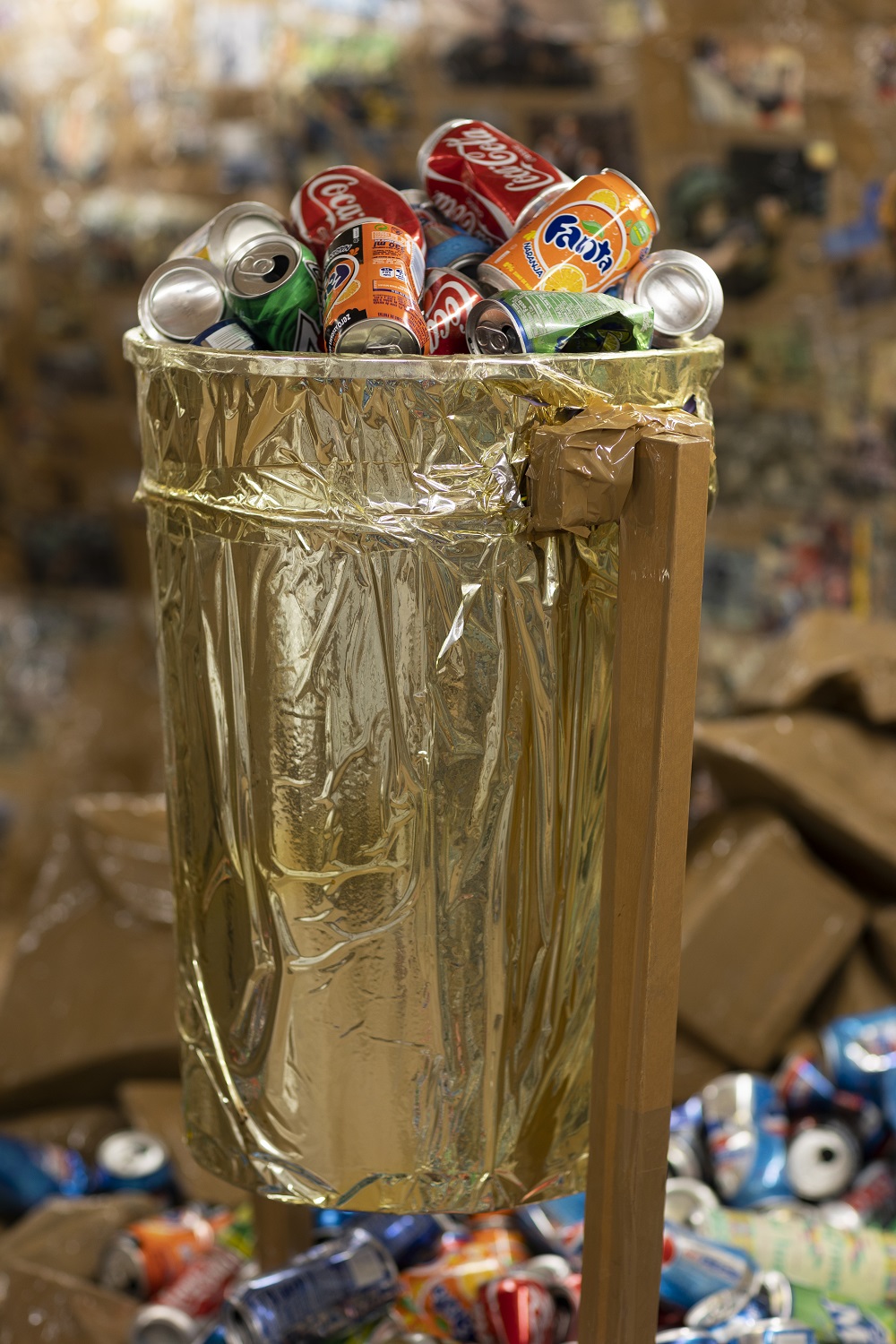
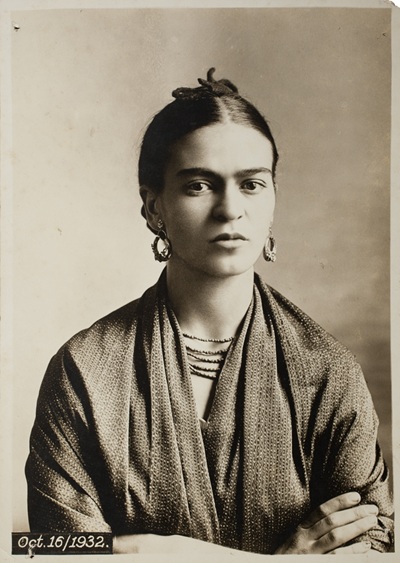

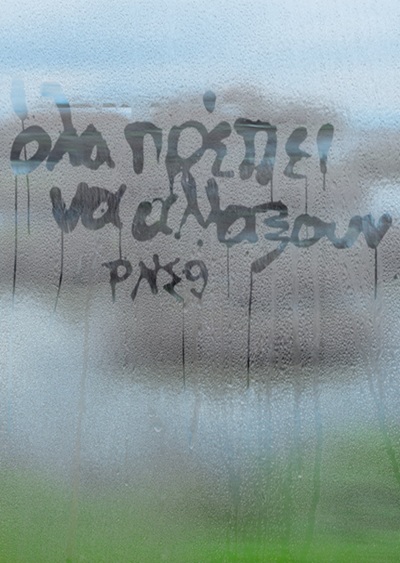



Leave A Comment